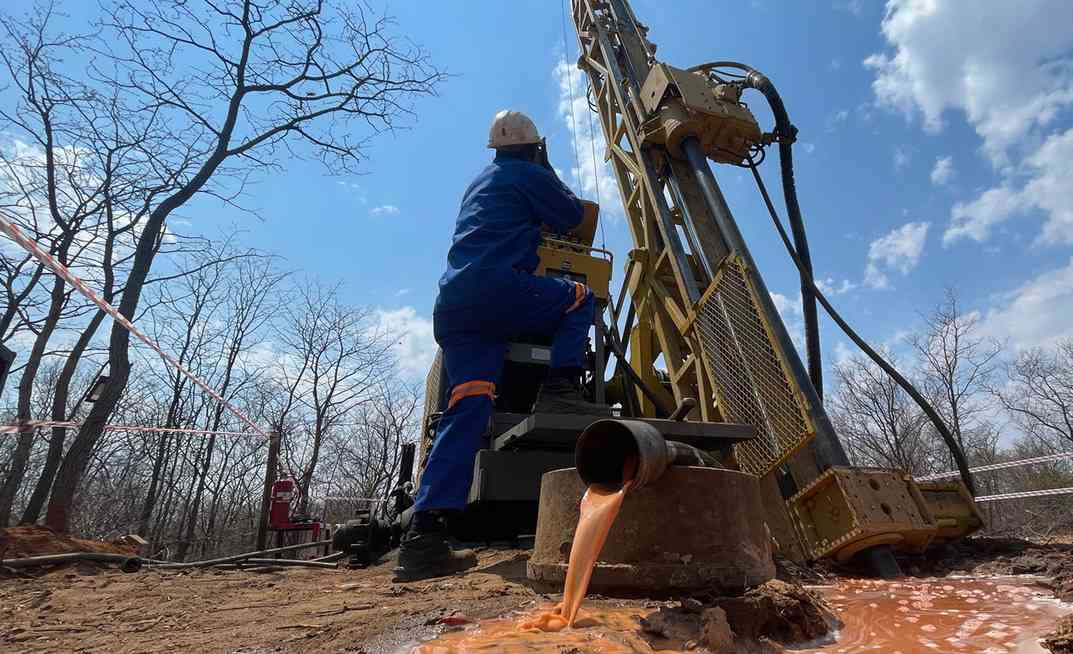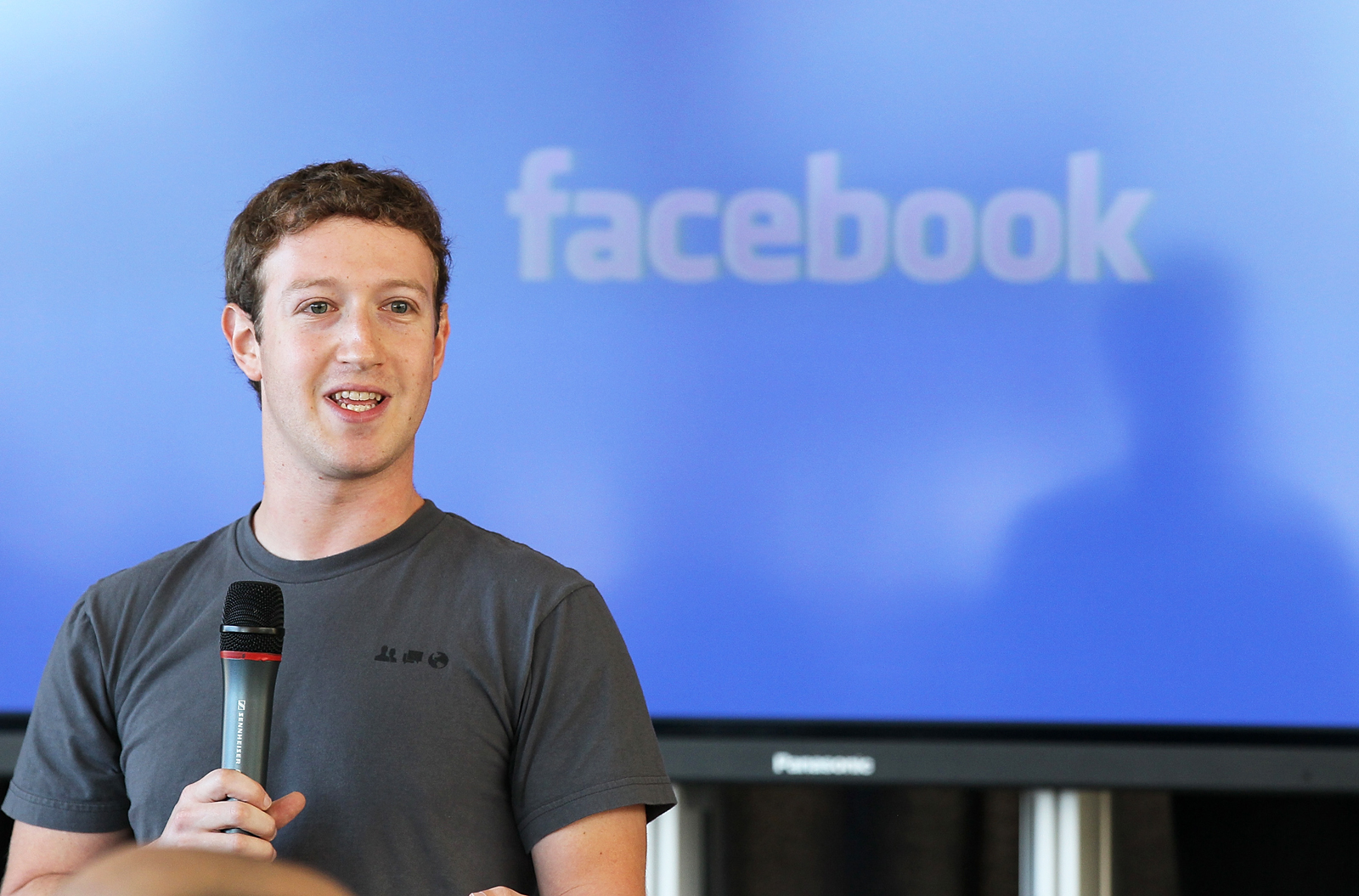
DONALD Trump’s inauguration as the 47th president of the United States (US) is scheduled for January 20 in Washington, D.C.
The event will be Trump’s second inauguration as president and the 60th US presidential inauguration.
There is anticipation that his second tenure may either see the return of his old protectionist policies or an extreme of the same.
Whichever he chooses to take, there will be major changes.
Already, part of the team he has selected for his administration is routing for the return of the protectionism and American supremacist policies.
His team has already identified what his administration considers a one-size-fits-all policy of imposing huge new tariffs on goods imported into the United States.
He has historically argued that the imposition of huge import taxes is what the United States needs to create more factory jobs, cut the federal deficit, reduce food prices and enable the government to support childcare and other social welfare services.
From an academic perspective, this economic policy seems to hit the right tone.
- Letter from America: Is former president Donald Trump a hero or villain?
- Chidzivo, Tarakinyu clinch Kabag honours
- Letter from America: Is former president Donald Trump a hero or villain?
- The Fiddler: Is honesty the best policy?
Keep Reading
However, in practice, there is more to consider given the current global political and economic changes.
It would be foolhardy to rush into that kind of policy without a comprehensive assessment of the global situation.
Perhaps, the starting point is to establish how the United States has lost its economic and political grip.
The story spans from the early 1980s into the millennium when China embraced capitalism, opened itself up for business and offered the world the cheapest skilled labour.
American and Western industries fell for that bait because it gave their billionaires significantly huge profit margins.
There was a huge stampede to China.
Some industries were backed by several Western government policies to use China as the world’s manufacturing base.
The relocation of industries to China also left with the skills and capacity, leaving America with fewer jobs as many industries shut down across the country.
In a way, the United States outsourced production which they now need to reclaim by using tariffs.
From those years until now, the world has changed.
China is now gradually phasing out the hard-labour productive sectors which were taken from the West.
But they are so doing on their own terms — controlling who takes over what manufacturing sector.
As their economy grew, so did the income and the economic status of their people.
Over the past five years, China has been trying to wean out the hard-labour industries as they shift to technology and other less-labour-intensive industries.
China’s neighbours have been gradually filling the gap, but India is becoming an attractive alternative to China as the world’s manufacturing hub.
India has a large domestic market and a large workforce, like China.
The Indian government has made efforts to attract foreign investment through policies and reforms.
Major global companies have been growing their manufacturing presence in India.
Its large economy allows it to invest in research and development, infrastructure and subsidies which are required for promoting innovation.
This is just a sign that industries are attracted by business opportunities and not patronage anymore.
How then does Trump’s protectionism approach fit in a context where even American corporates are looking for viable markets?
Imposing huge tariffs is, in theory, expected to boost domestic production or lure American companies to invest back home.
However, the tariffs incentive is not as huge compared to China, India and their neighbouring countries.
India, China and their neighbours still offer reduced labour costs as well as huge markets which cuts the logistical costs of shipping products to the US and Europe.
And because the tariffs are paid by the importing companies — which are largely American — will be seen as a barrier thus forcing companies to focus on other markets outside of the US.
In addition, Trump will be taking over when America is no longer viewed with the same respect as in the past decades.
Global political power dynamics have shifted and continue to do so.
Very few emerging countries are no longer bothered by American policies as they have established alternative ways of conducting business.
So, the huge tariffs policy is playing into the hands of those pushing for business and trade without America.
They feel American policies have hindered progress and economic growth.
Already, some Republicans from Trump’s party are pushing for a tough stance on countries such as South Africa or to kick them out of trade arrangements for not changing their position on Russia, China, Iran and Israel.
That attitude is one of the main reasons American systems are gradually becoming isolated and sidelined.
China has reacted strategically to the banning of several of its technologies in the US by creating alternative and independent products from the American system.
This has created competition between China and American technology products in a context where corporates from the two countries used to work together.
- Tapiwa Gomo is a development consultant based in Pretoria, South Africa. He writes here in his personal capacity.










